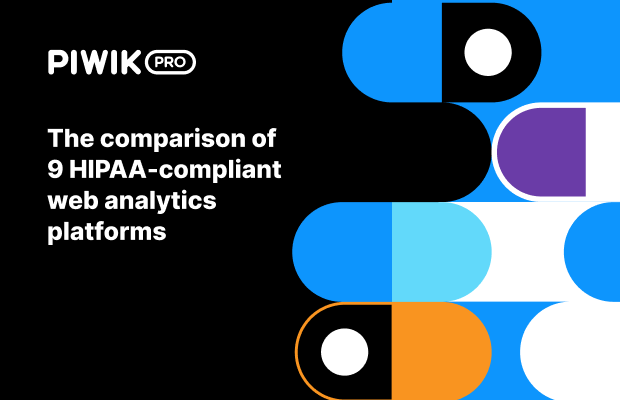First-party analytics is a tracking method in which trackers are issued by a website that a user views directly. So if a user lands on a website – for example, forbes.com – then this site creates a cookie which is then saved on the user’s computer.
In first-party tracking the site you’re visiting directly collects information about users and records the activity of visitors. This tracking method is used in different versions by modern analytics platforms such as GA, Adobe, Segment or Piwik PRO Analytics Suite.
First-party tracking main advantages:
- Security and privacy: Using first-party tracking means that the cookies are placed under the website’s owner domain directly, with no hidden redirects to another domain. Thus, users are assured of better privacy with their data.
- Accuracy: With first-party tracking, website owners are able to reach out to users with greater accuracy. On top of that, ad blockers and intelligent tracking protection (ITP) have minimal or no impact on your data.
- Rich and high-quality data collection: Using first-party tracking provides a source of rich, detailed behavioral data, such as traffic sources, referring sites, page views, paths taken, conversion rates, real-time data, browser data, scroll depth, and custom events.
As privacy concerns grow around second- and third-party data alternatives, the popularity of first-party data is growing among marketers. First-party tracking meets the privacy standards Mozilla, Google, and others set to protect their users while preserving behavioral data integrity.
Find more details on first-party tracking on the Piwik PRO blog:
Anonymous tracking: useful analytics without personal data
Why first-party data is the most valuable to marketers
Google Chrome will wipe out third-party cookies. What’s next?
Personally identifiable information: what is PII, non-PII & personal data?









